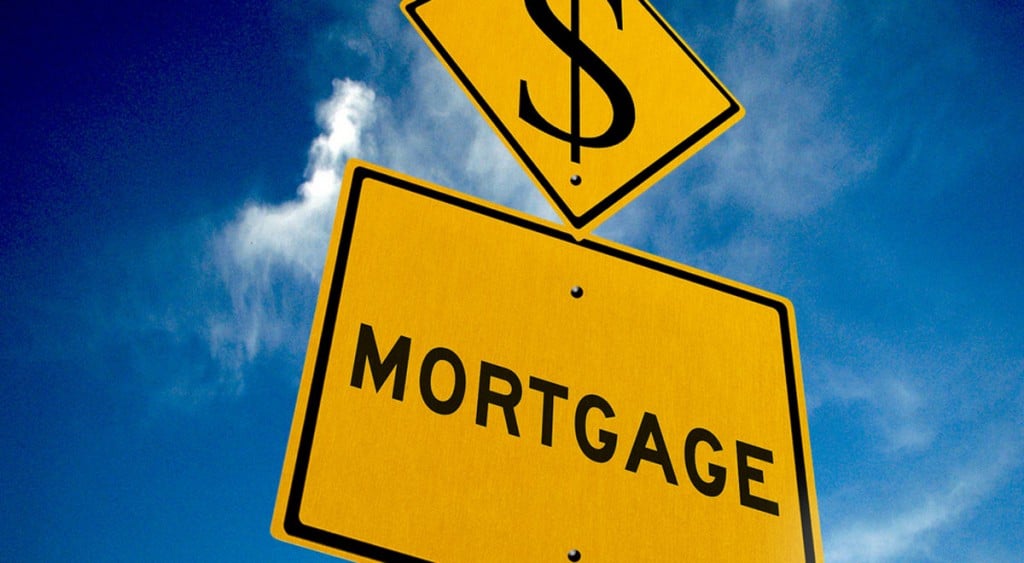New life at last for $20-million lost land in downtown Hamilton
Nearly two acres, bounded by Main, Hess, Caroline and George, was nothing but a parking lot for decades. It’s been sold for just over $20 million.
At the corner of Main and Walnut, change came fast. Work is now underway on this 25-storey residential tower. - Vrancor Group
This building fell fast at Main and Walnut last year, and was once the handsomely-landscaped national headquarters of an accountants’ society. - Google Street View
Several decades ago, a developer knocked down apartments along this stretch of Main for a condo that never happened. All these years later, the land has changed hands for $20 million, with big development coming. - Paul Wilson
This downtown block, bounded by Main, George, Hess and Caroline, has been a parking lot for a very long time. Change is coming at last. - Google Maps
In the late '80s, before condos came to town, a developer decided he'd be the first. He demolished some walk-up apartments, erected a pink, purple and green sales pavilion and started selling The Riviera — "Hamilton's Premiere Address."
The plan went bust. And ever since, that key piece of real estate — nearly two acres, bounded by Main, Hess, Caroline and George — has been nothing but parked cars.
Well, the tide has turned for condos and much else in downtown Hamilton. That long-lost piece of land has now sold for just over $20 million. In 1995, it was worth $450,000.
The purchaser is Bentall Kennedy, a $50-billion-or-so real estate investment company owned by Sun Life Financial. They're not ready to say much yet, but a query did bring an emailed statement from Brad Caco, BK's senior vice-president of development:
"There is an excitement in the downtown Hamilton core that gives us a great deal of optimism," he says.
Factors in the purchase decision include "the emergence of the local technology and life sciences industries and the development of the LRT infrastructure."
The development, he says, "will be considerate of the present and future needs of the community."
No specifics provided beyond that, but several sources say the goal is two or three residential towers on the site, a project that could be more than $300 million.
Toronto's Otis Group has owned that property for decades. Brian Otis says they've tried to make things happen on the site, including the McMaster downtown health centre that ended up a block east on Main.
Otis is a commercial developer, with projects across the province. So when it looked as though residential was the way things were heading for that downtown land, Otis says, it was time to take the offer. "But I have to tell you, I'm a little disappointed I wasn't the guy at the finish line."
Downtown Hamilton has changed, he says. "It's really coming along now … But it's still a pretty closed market, not the easiest for outsiders."
One exception, he says, is developer Darko Vranich, who has erected several towers right next door in recent years. Vranich had wanted to buy the Otis land in the past, but the timing wasn't right.
"Darko has a lot of energy," Otis says. "I should ask him for a blood transfusion."
Half-a-dozen blocks due east on Main, there's a new development where the property didn't sit empty for a minute.
It's another Vranich project — a 25-storey residential tower at Main and Walnut. He bought the property in the fall of 2017. The lawyers there moved out about six months later, demolition was underway by July, and foundation work began in a flash.
Soon a tower crane will arrive on site from a yard in Binbrook. Turns out Vranich recently bought two of these cranes, $750,000 US each, in New York state.
The other crane, now stretched out on Vranich land at King and Queen, will rise soon for a 30-storey student residence and a 10- to 12-storey Hampton Inn at that corner.
Over at Main and Walnut, new development is welcome. That piece of street needs it.
But please, a quick salute to the building at that corner which fell so fast. Its moment of glory came early in 1964, when mayor Vic Copps officially opened the national headquarters of the Society of Industrial and Cost Accountants of Canada.
The building had been the district offices of Imperial Oil — along with a service station — and later became the Parker's dry cleaning plant.
But the accountants spent substantial money to change all that. As Spec writer Milford L. Smith reported 55 years ago:
"The asphalt pavement, oil-stained by tens of thousands of automobiles in the gas station days, has been torn up. In its place is a raised area in which grass and trees and flowers will be planted, restoring in part the Main Street East scene when palatial residences were set back from the roadway."
Old mansions on that stretch of Main? Hard to imagine. Everything changes, but it's good to know what came before.
PaulWilson.Hamilton@gmail.com

